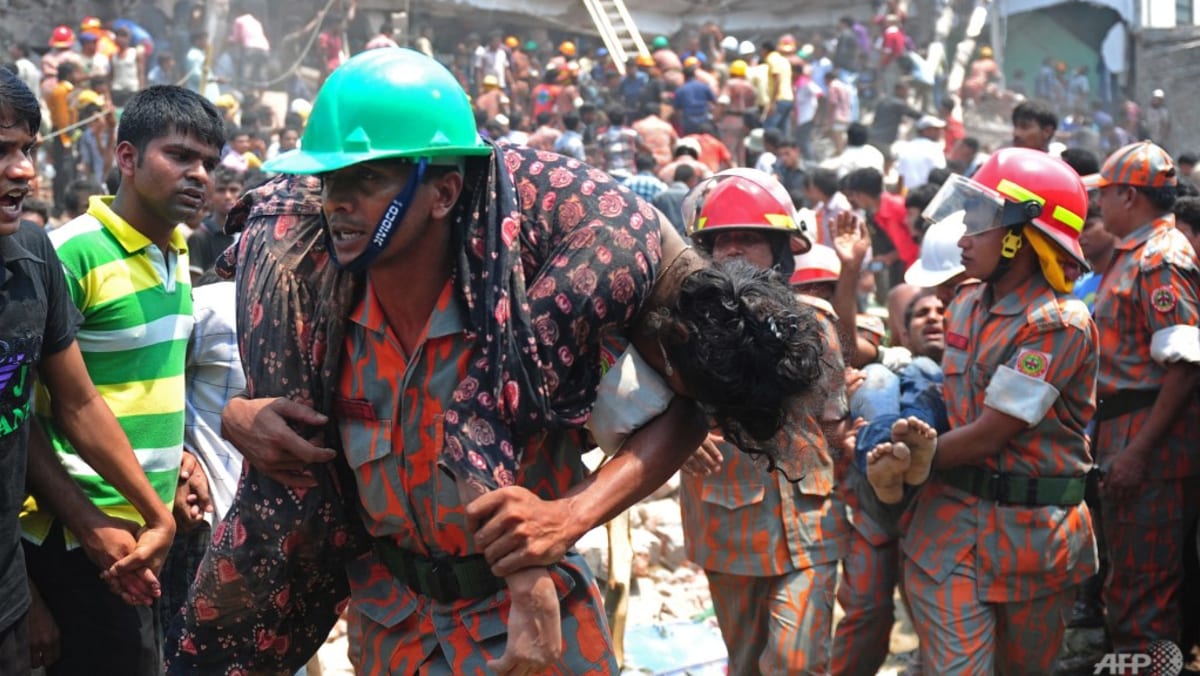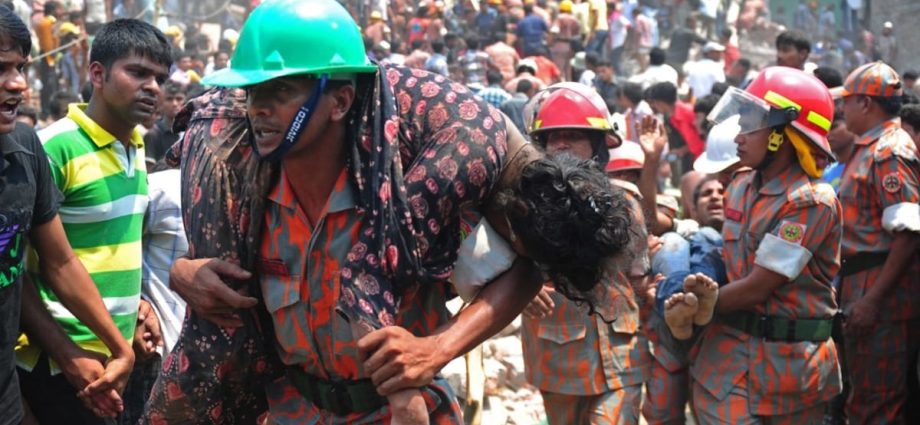
A campaign for full and fair compensation for families of victims was launched immediately, facilitated by the International Labor Organization, a United Nations agency. Within a few months, two initiatives were designed to bring garment factories in Bangladesh up to international standards: The European-led Accord for Fire and Building Safety, and the American-led Alliance for Bangladesh Worker Safety.
While the two initiatives differed in some important ways, both shared the common goal: To improve building and fire safety by leveraging the purchasing power of the member companies. In other words, Western brands would insist that production partners get up to standard or take their business elsewhere.
Altogether, the two agreements covered about 2,300 supplier factories. The coalitions conducted factory inspections to identify structural and electrical deficiencies and developed plans for factories to make improvements.
The initiatives also laid the groundwork to form worker safety committees and to train workers to recognise, solve and prevent health and safety issues. Member companies set aside funds for inspections and worker training, negotiated commercial terms and facilitated low-cost loans for factory improvements.
Both were five-year agreements: The Alliance was ceased in 2018, whereas the Accord operated for a few more years before handing operations over to the locally created Readymade Sustainability Council in June 2020.
THE RECORD SINCE
The onus and expense of making these improvements, however, were largely to be borne by the suppliers – a substantial financial burden for many factories, especially considering the low cost and slim profit margins of the clothes they were producing.
Under the Alliance and the Accord, thousands of factories were inspected for building and fire safety, identifying problems such as lack of fire extinguishers and sprinkler systems, improper fire exits, faulty wiring and structural issues.
At the end of five years, both initiatives reported that 85 per cent to 88 per cent of safety issues were remediated. Around half of the factories completed more than 90 per cent of initial remediation, while more than 260 of the original 2,300 factories under the initiatives were suspended from contracting with member companies.
In addition, more than 5,000 beneficiaries, including injured workers and dependents of victims, were compensated through the Rana Plaza Arrangement, receiving an average of about US$6,500. Overall, I believe that these initiatives have been successful in bringing safety issues to the forefront.
In terms of infrastructure improvements, however, while there has been decent progress, much still needs to be done; for example, the initiatives covered just about one-third of all the garment factories in Bangladesh. Importantly, neither addressed company sourcing practices.

